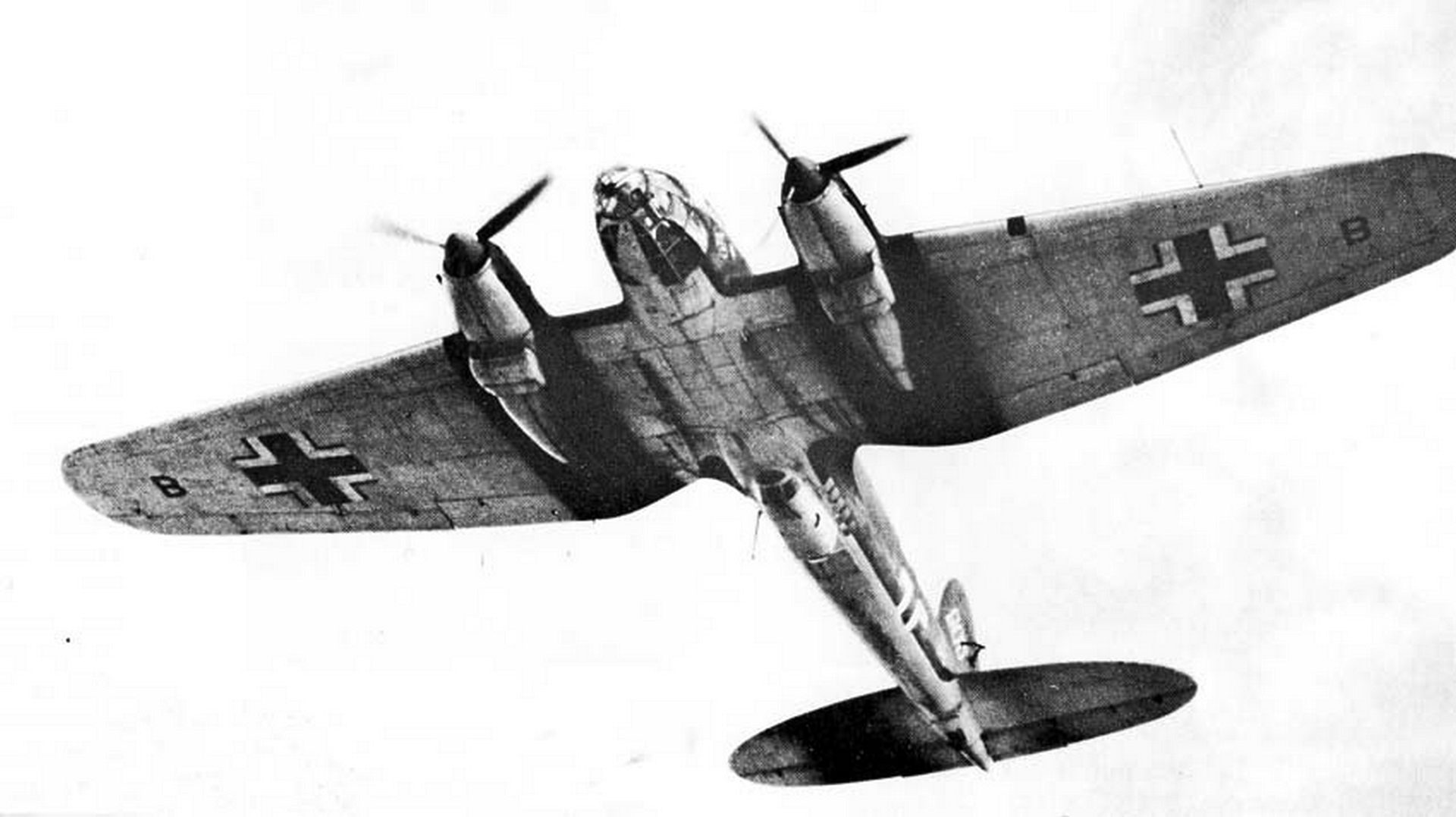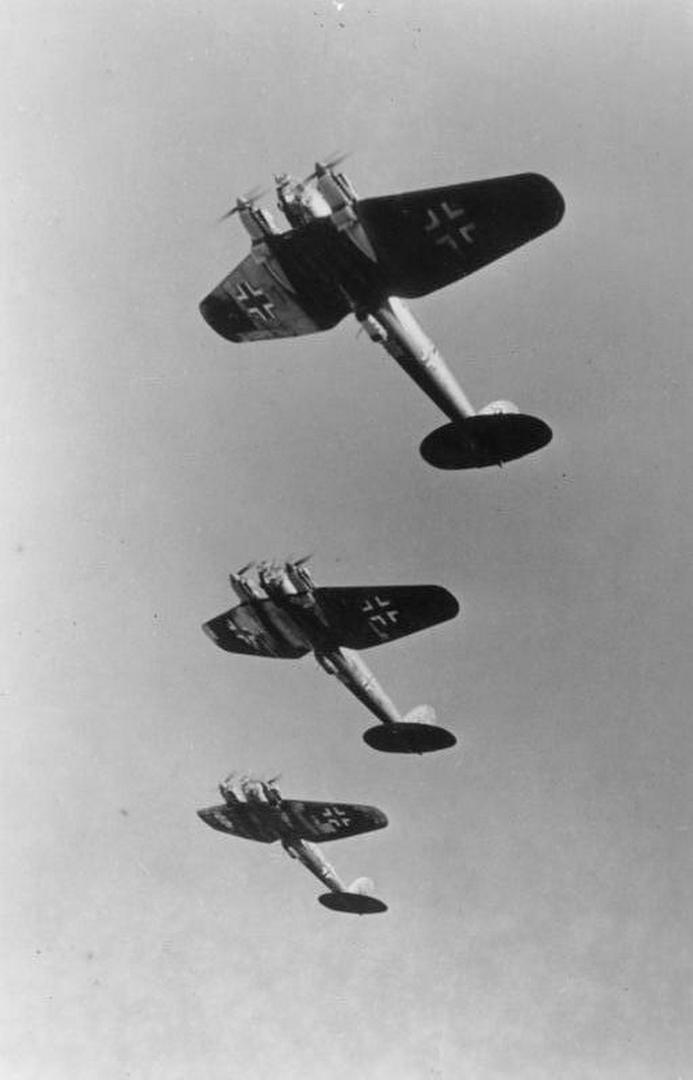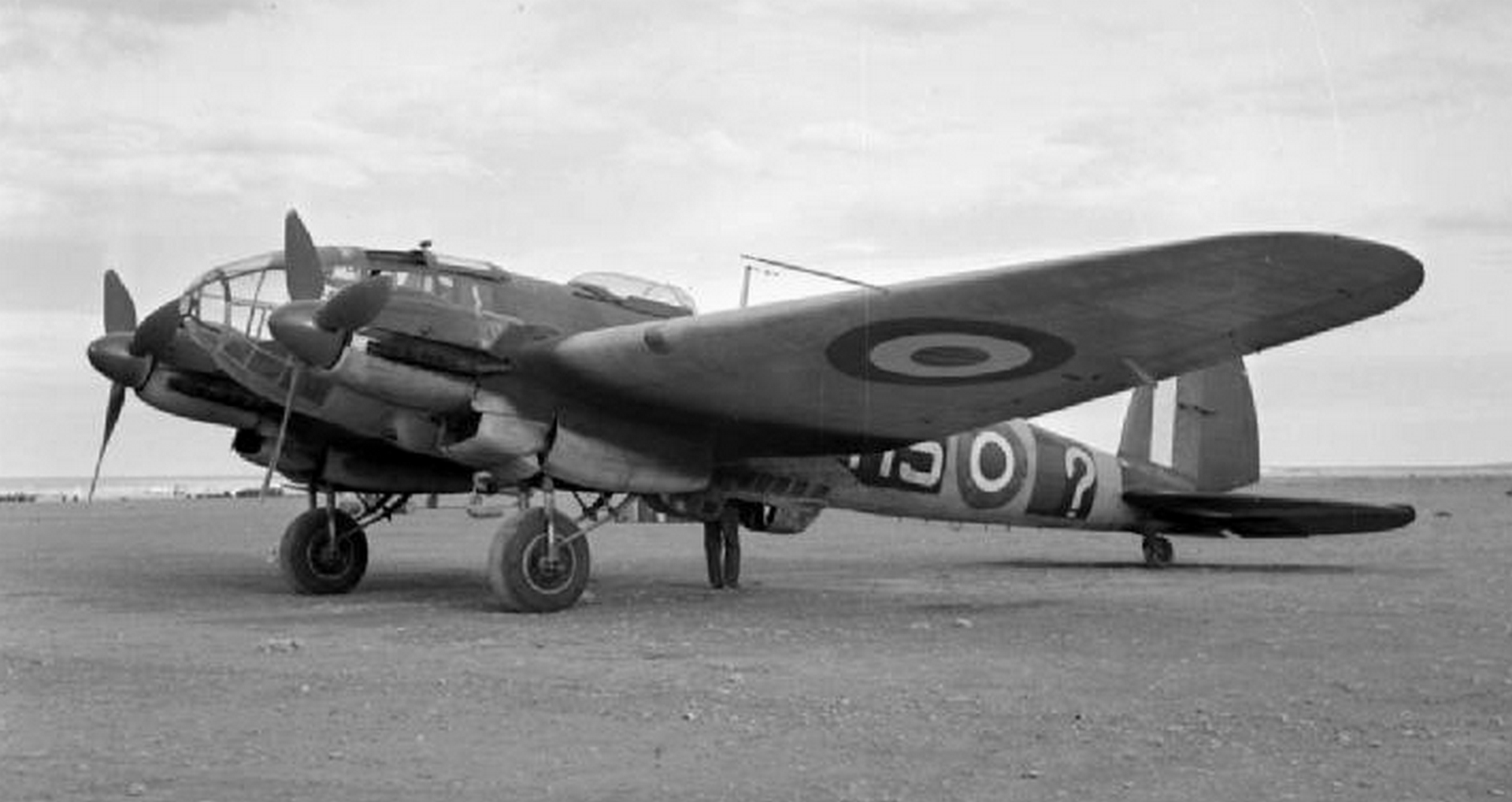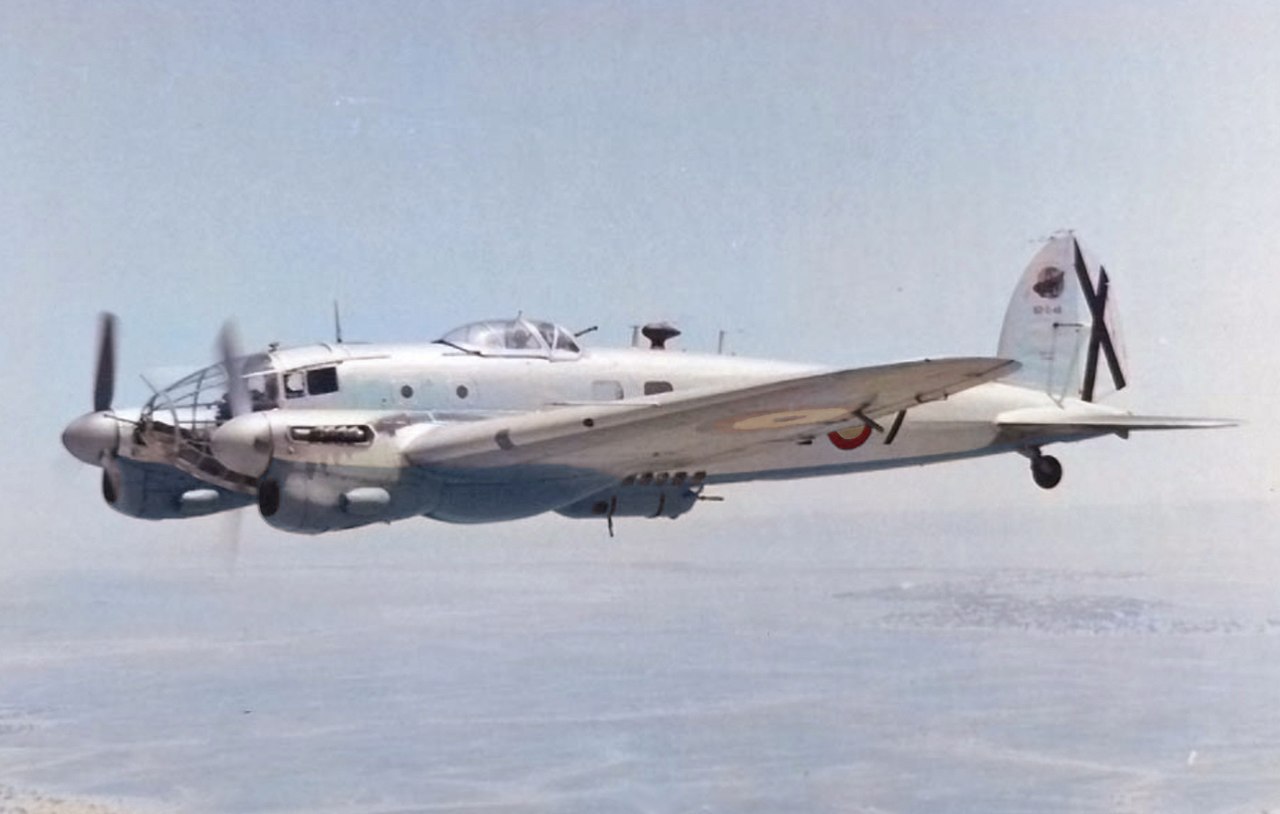On February 24, the He 111 bomber, developed by the German company Heinkel Flugzeugwerke, turned 90 years old
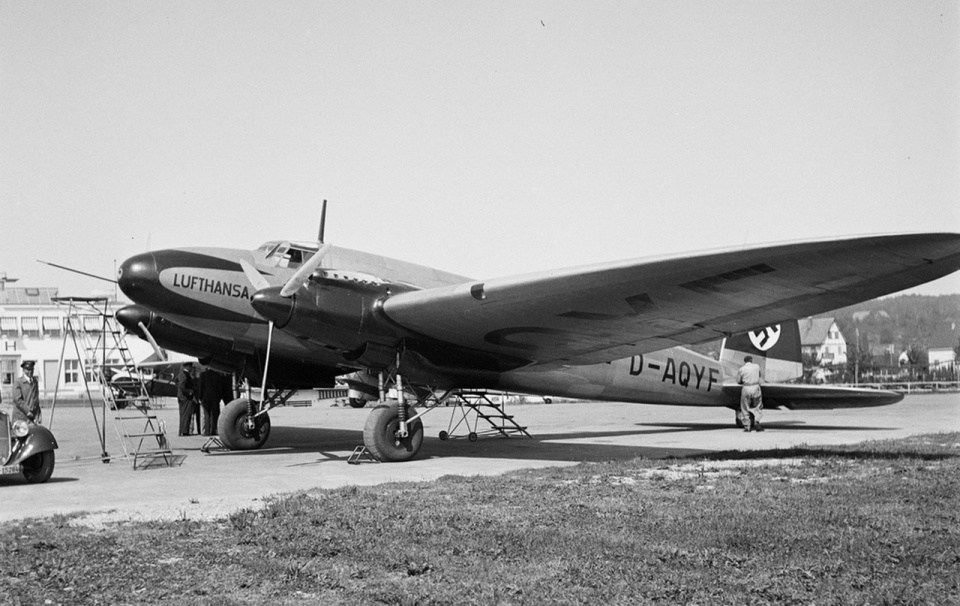
On February 24, the He 111 bomber, developed by the German company Heinkel Flugzeugwerke, turned 90 years old. On that day in 1935, its first prototype took flight at the Rostock-Marienehe airfield.
The aircraft’s development began in 1932, even before Hitler came to power when Germany was still partially adhering to aviation restrictions imposed as a consequence of its defeat in World War I. As a result, the He 111 was initially presented as a high-speed passenger aircraft. During the early years of Nazi rule, propaganda continued to emphasize its civilian purpose. However, in reality, only about fifteen early versions of the He 111 were delivered to the airline Lufthansa.
At the end of 1935, the first bomber variant entered serial production. The aircraft was gradually improved, with its most significant design change occurring in early 1938 when a new nose section with extensive glazing was introduced. Production of the He 111 in Germany continued almost until the end of 1944, with more than 6,500 units built. Additionally, another 236 aircraft, designated CASA 2.111, were produced in Spain until 1956. The He 111 family was extensive, with over a hundred variants and modifications known.
One of the most highly regarded versions was the He 111H-16 bomber, powered by two liquid-cooled Junkers Jumo 211F-1 engines, each producing 1,300 hp. It had a length of 16.4 meters, a wingspan of 22.6 meters, a maximum takeoff weight of 14,000 kg, a top speed of 440 km/h, and a flight range of up to 2,300 km. When overloaded, it could carry up to 3,600 kg of bombs (the standard load was 2,000 kg). Its defensive armament included up to seven 7.92-mm machine guns, with some aircraft equipped with a 20-mm cannon and a 13-mm machine gun instead.
The primary operator of the He 111 was Nazi Germany’s Luftwaffe. However, the aircraft was also used by the air forces of Bulgaria, Spain, China, Romania, Slovakia, Turkey, and Hungary. Some He 111s also ended up in other countries, including the United Kingdom and Czechoslovakia.
The He 111 became one of the symbols of Nazi aggression. At the very beginning of World War II, in September 1939, images of a Heinkel bomber dropping its deadly payload over Warsaw spread worldwide. The Luftwaffe used these bombers for frontline strikes, operations in the enemy’s rear, and deep-penetration attacks. In the latter half of the war, the aircraft was considered outdated but remained in service. It also found new roles, including as a carrier for V-1 flying bombs.

 Fan-page
Fan-page Youtube
Youtube TikTok
TikTok Aviamuseum
Aviamuseum State Aviation Museum
State Aviation Museum


